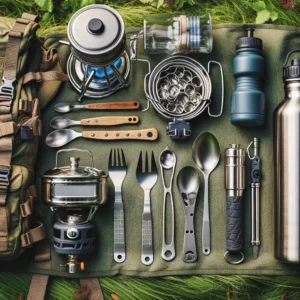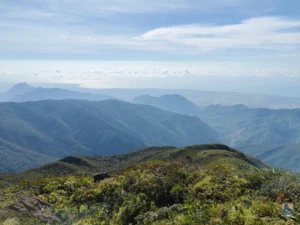
Navigating on Hazardous Terrain
Choosing quickly where to step on a wet trail can be crucial when navigating the potentially hazardous mountain terrain. Slippery surfaces, including stones, soil, roots, and leaves, pose challenges even for the best hiking shoes, especially when wet or damp.
Climbing mountains often leads through forested grounds that are frequently subjected to rain, fostering the growth of tiny organisms like mosses and algae, creating consistently moist conditions.
Landing Positions for Surefootedness
Assisting your hiking shoes in maintaining a perfect grip involves carefully selecting your landing positions for stable footing.
A secure landing not only enhances balance but also helps prevent trips or falls. For beginners, navigating these conditions can be tricky, as they vary depending on factors such as soil moisture, stone stability, and root levels. This guide aims to tune your mind to recognize potential dangers and avoid accidents.
The Challenge of Muddy Soil
Stepping on muddy soil presents a particular challenge. Ideally, it should be avoided, but if no safer alternative exists, be cautious, as it can be slippery or exceptionally deep, potentially enveloping your shoes and legs in mud.
Clay-type soil is typically slippery and sticky, and it may accumulate at the sides of your shoes, adding weight. Swampy soil can engulf your foot, depending on your weight and the soil’s dampness, potentially covering your entire legs.
Strategies for Clay-Type Soil
To navigate clay-type soil more effectively, step on an even surface with as little weight as possible to avoid sliding.
Avoid creating momentum, as this can lead to imbalance. Alternatively, step on two building clumps of clay, often created by previous hikers. Although this may soil your shoes, it provides a better grip since frequently stepped-upon areas are usually more slippery.
Quick Hops and Improved Speed
As you become accustomed to muddy terrain, you can gradually increase your pace by taking quick hops on each short step, maintaining balance and improving speed.
However, exercise caution, as this approach requires making quick decisions about where to land on each step.
Mastery comes in Practice
Mastery in mountain hiking comes with dedication and practice. While it may not be easy, understanding these simple mechanics can significantly enhance your experience.





